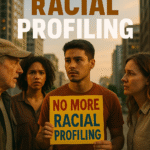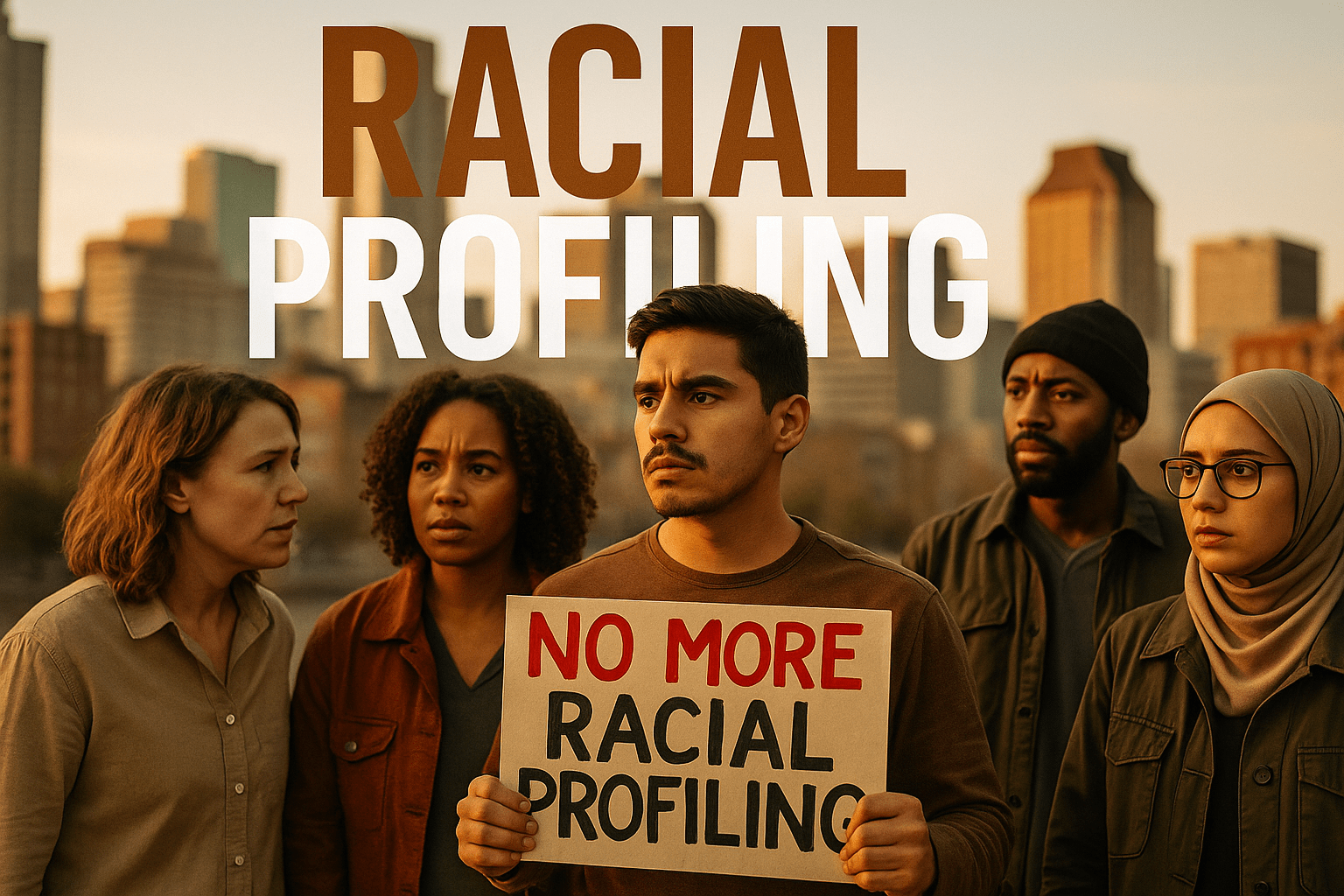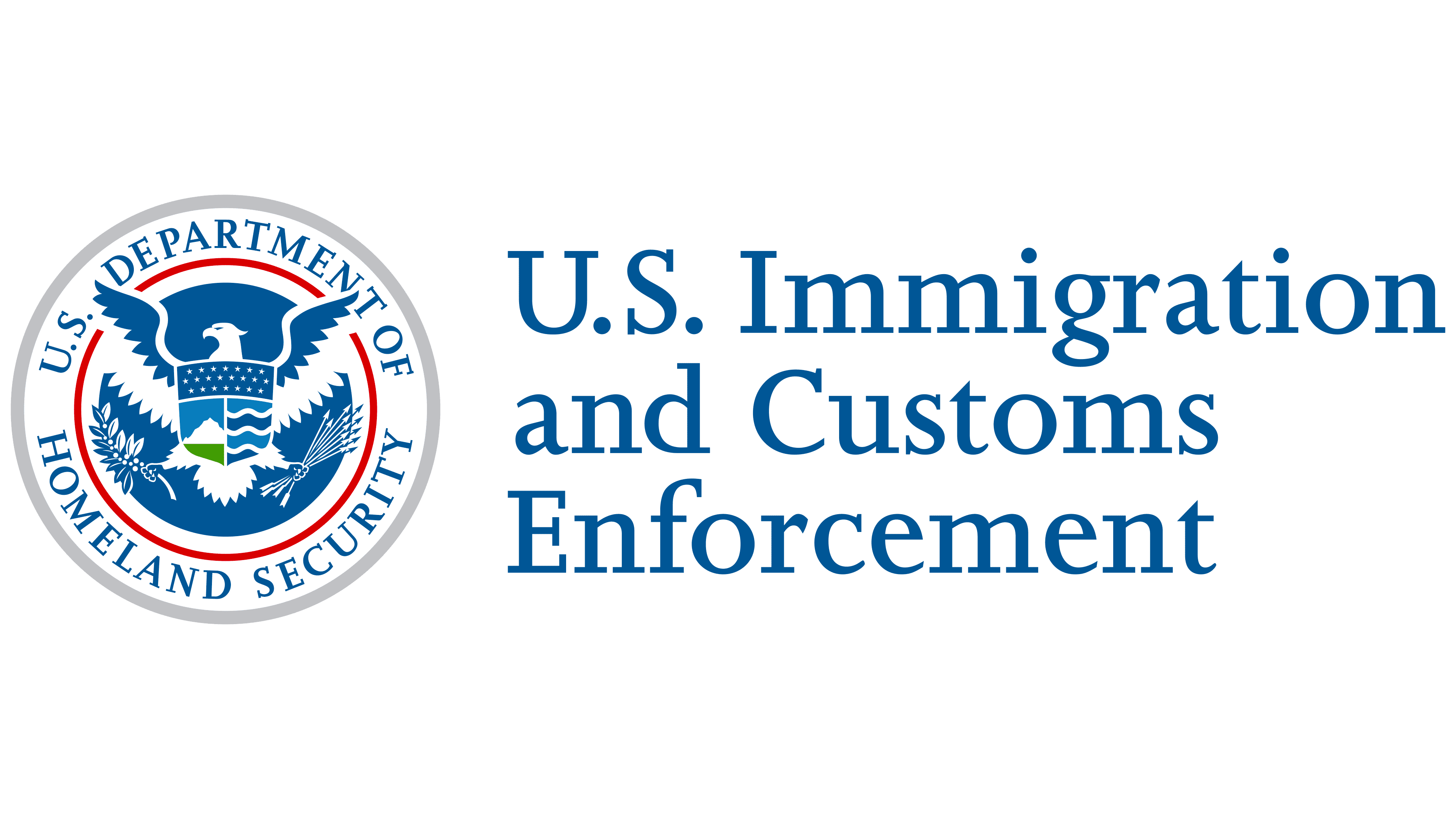

Racial Profiling: A Threat to Black and Brown Communities
By Darius Spearman (africanelements)
Support African Elements at patreon.com/africanelements and hear recent news in a single playlist. Additionally, you can gain early access to ad-free video content.
Supreme Court Ruling and Racial Profiling
The Supreme Court recently made a controversial decision that has significant implications for immigration enforcement and civil rights. In a 6-3 ruling, the Court overturned a lower-court order that had prevented Immigration and Customs Enforcement (ICE) from conducting “roving” raids in Los Angeles (newsone.com). This ruling has been interpreted by many as allowing ICE to engage in racial profiling, specifically targeting individuals based on their ethnicity, language, occupation, or physical location (newsone.com).
The lower court’s order had previously prohibited stops based on criteria such as race, accent, or congregating in areas where day laborers gather (newsone.com). However, with this new ruling, agents are now free to stop people based on appearing Latino, speaking Spanish, working in manual labor, or simply standing outside a Home Depot or car wash (newsone.com). Justice Kavanaugh, in his concurrence, argued that while ethnicity alone cannot constitute probable cause, a combination of factors like language, type of work, and location could amount to “reasonable suspicion” of undocumented status (newsone.com). This distinction between “reasonable suspicion” and “probable cause” is crucial. Reasonable suspicion is a lower legal standard that allows for brief stops and questioning, while probable cause is a higher standard required for arrests. The concern is that this lower standard will be used to justify stops that are, in practice, based on racial characteristics.
Understanding Legal Standards
The legal terms “reasonable suspicion” and “probable cause” are central to understanding the debate surrounding ICE’s authority. Reasonable suspicion means that law enforcement has enough facts or circumstances to believe that a person has committed, is committing, or is about to commit a crime. This standard allows an officer to briefly stop and question an individual. Probable cause, on the other hand, is a higher standard. It means that law enforcement has enough evidence to believe that a crime has been committed and that the person in question committed it. Probable cause is required for an arrest or a search warrant.
The Supreme Court’s ruling, by allowing a combination of factors to create “reasonable suspicion,” opens the door for agents to use characteristics often associated with specific ethnic groups as justification for stops. Justice Sotomayor, in her powerful dissent, argued that the ruling essentially allows the government to seize anyone who “looks Latino, speaks Spanish, and appears to work a low-wage job” (newsone.com). This poses a significant threat not only to undocumented individuals but also to Hispanic Americans, who may be subjected to stops and questioning simply because of their appearance or language (newsone.com).
Understanding “Roving Raids”

Roving Raids: These refer to immigration enforcement operations where agents stop and question people in public places without fixed checkpoints or prior individualized suspicion. This tactic raises concerns about arbitrary stops and racial profiling, particularly when based on appearance or location rather than specific evidence of unlawful activity.
Impact on Communities of Color
The implications of this ruling extend far beyond Los Angeles. Immigration advocates warn that this decision could lead to similar tactics being deployed nationwide, normalizing racial profiling under the guise of immigration enforcement (newsone.com). For Black and Brown communities, this means an increased risk of being stopped, questioned, and detained simply because of their appearance, accent, or where they live or work. The fear of a “papers please” regime, where individuals are constantly at risk of being asked to prove their legal status, becomes a chilling reality (newsone.com).
This situation is particularly concerning for individuals who work in “low-wage jobs” or are considered “day laborers.” These terms refer to occupations that often involve manual labor and may be associated with immigrant communities. When these occupational categories are used as profiling criteria, it can lead to discrimination against entire segments of the workforce, regardless of their immigration status. The Supreme Court’s decision, therefore, not only impacts immigration policy but also raises serious questions about equal protection and civil rights for all individuals, including citizens, who may fit these broad descriptions.
ACLU Challenges and Legal Recourse
The American Civil Liberties Union (ACLU) and other civil liberties organizations are actively challenging alleged abuses and racial profiling by immigration enforcement agencies. For example, the ACLU filed a lawsuit in federal court regarding a nearly weeklong sweep in Kern County, California (calmatters.org). The lawsuit alleges that the operation unlawfully targeted “people of color who appeared to be farm workers or day laborers, regardless of their actual immigration status or individual circumstances” (calmatters.org).
The lawsuit claims that these raids violated Fourth Amendment protections against unreasonable search and seizure, including arrests without probable cause and stops without reasonable suspicion (calmatters.org). The Fourth Amendment protects individuals from arbitrary arrests and searches by the government. It requires that law enforcement have a warrant or probable cause before conducting a search or making an arrest. While the Department of Homeland Security, which oversees Border Patrol, stated that their enforcement actions are “highly targeted” and that any alleged misconduct is referred for investigation (calmatters.org), civil rights organizations continue to monitor and challenge practices that they believe lead to discrimination.
Individuals Under Correctional Supervision
Historical Context of Racial Profiling
The issue of racial profiling in immigration enforcement is not new. The U.S. Supreme Court previously invalidated much of Arizona’s SB 1070 anti-immigrant law but refused to void the “show me your papers” provision (acluva.org). This provision allowed law enforcement to demand identification from anyone they reasonably suspected of being an undocumented immigrant. While the court left open the possibility for civil rights cases challenging racial profiling, the continued existence of such provisions creates an environment ripe for discriminatory practices.
An opinion piece argues that ICE is “quickly falling into the same category” as organizations engaging in racist profiling (48hills.org). It cites instances of agents questioning individuals based on appearance or arresting those with Deferred Action for Childhood Arrivals (DACA) status (48hills.org). DACA is a U.S. immigration policy that allows certain undocumented immigrants who entered the country as minors to receive a renewable two-year period of deferred action from deportation and eligibility for a work permit (uscis.gov/DACA). Arrests of DACA recipients are particularly concerning because the program was intended to provide a measure of protection and stability for these individuals, who often have strong ties to the U.S. and have grown up in the country (uscis.gov/DACA).
Concerns About Broader Implications
Fears of racial profiling are swirling over a policy requiring everyone 14 and older without legal status to self-register and provide fingerprints and an address (startribune.com). Critics are concerned about the potential for misuse of this information, which could lead to increased targeting of individuals based on their perceived immigration status (startribune.com). A spokesperson for Aliento, an Arizona-based advocacy organization, expressed concern that the Trump administration’s stated intent to “enforce all our immigration laws” could lead to increased racial profiling (startribune.com).
The broader implications of these policies are significant. The Supreme Court’s decision, while formally applying to Los Angeles, is seen by immigration advocates as tacit approval for federal officials to deploy similar tactics nationwide (newsone.com). Reports out of Chicago suggest ICE has already begun “operation Midway Blitz,” modeled after the Los Angeles raids, targeting Latino communities (newsone.com). This trend suggests a potential for systemic discrimination against Black and Brown communities across the country, where identity itself becomes grounds for suspicion.
Potential Impacts of Racial Profiling
The Threat to Equal Justice
The Supreme Court’s ruling represents a significant setback in civil rights. California Attorney General Rob Bonta highlighted the glaring inconsistency with the Court’s 2023 decision banning race-conscious college admissions (newsone.com). He noted the troubling contradiction: how the Court prevents the use of race to tackle discrimination but allows its use to potentially discriminate (newsone.com). This contradiction underscores a broader problem where race is barred as a tool to promote diversity but welcomed as a tool for policing and deportation.
For Hispanic Americans, citizens and immigrants alike, the ruling sends a chilling message: their identity is now grounds for suspicion (newsone.com). Carrying proof of citizenship becomes less of a formality and more of a survival tactic, with everyday activities like waiting for a bus, shopping, or even going to work becoming a risk of potential encounters with armed federal agents (newsone.com). This decision not only threatens immigrants but also the very principle of equal justice under law for all.
Key Concerns Regarding Racial Profiling
Targeting based on ethnicity, language, occupation, or physical location.
Erosion of Fourth Amendment protections against unreasonable search and seizure.
Normalization of “papers please” policies for certain communities.
Potential for nationwide deployment of aggressive enforcement tactics.
The Path Forward
While the Supreme Court’s order empowers ICE to resume practices previously deemed unconstitutional, it is important to remember that this is not the final word in the case (newsone.com). Litigation will continue in the lower courts, and civil rights organizations will persist in their efforts to challenge discriminatory practices. Individuals who believe they have been stopped or arrested unlawfully have legal options, including seeking legal counsel and filing complaints with relevant oversight bodies.
The ongoing struggle against racial profiling in immigration enforcement highlights the critical need for vigilance and advocacy. The disproportionate impact on Black and Brown communities, who are already overrepresented in the criminal justice system, underscores the urgency of addressing these issues. There are more Black men in the grip of the criminal justice system-in prison, on probation, or on parole-than were in slavery (slackfeed.blogspot.com). The fight for equal justice under the law continues, demanding that all individuals, regardless of their background or perceived status, are treated with dignity and respect.
ABOUT THE AUTHOR
Darius Spearman has been a professor of Black Studies at San Diego City College since 2007. He is the author of several books, including Between The Color Lines: A History of African Americans on the California Frontier Through 1890. You can visit Darius online at africanelements.org.
